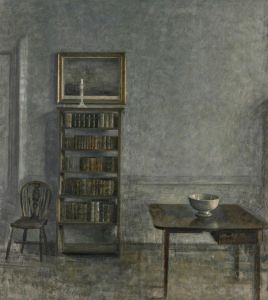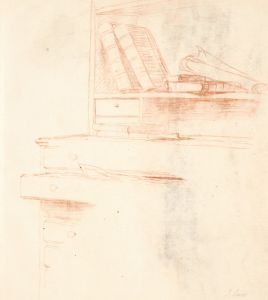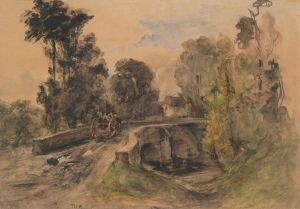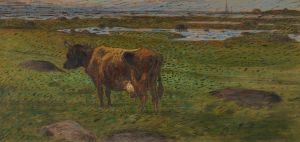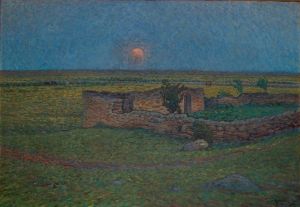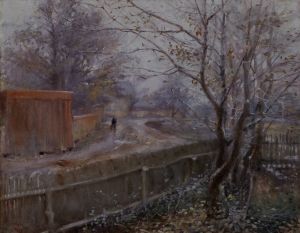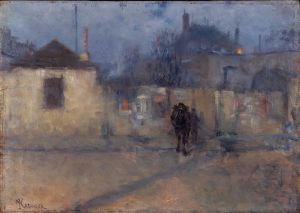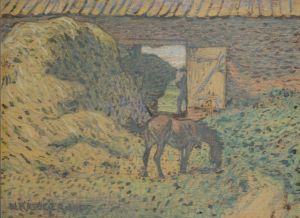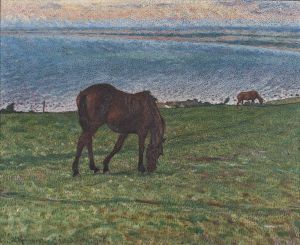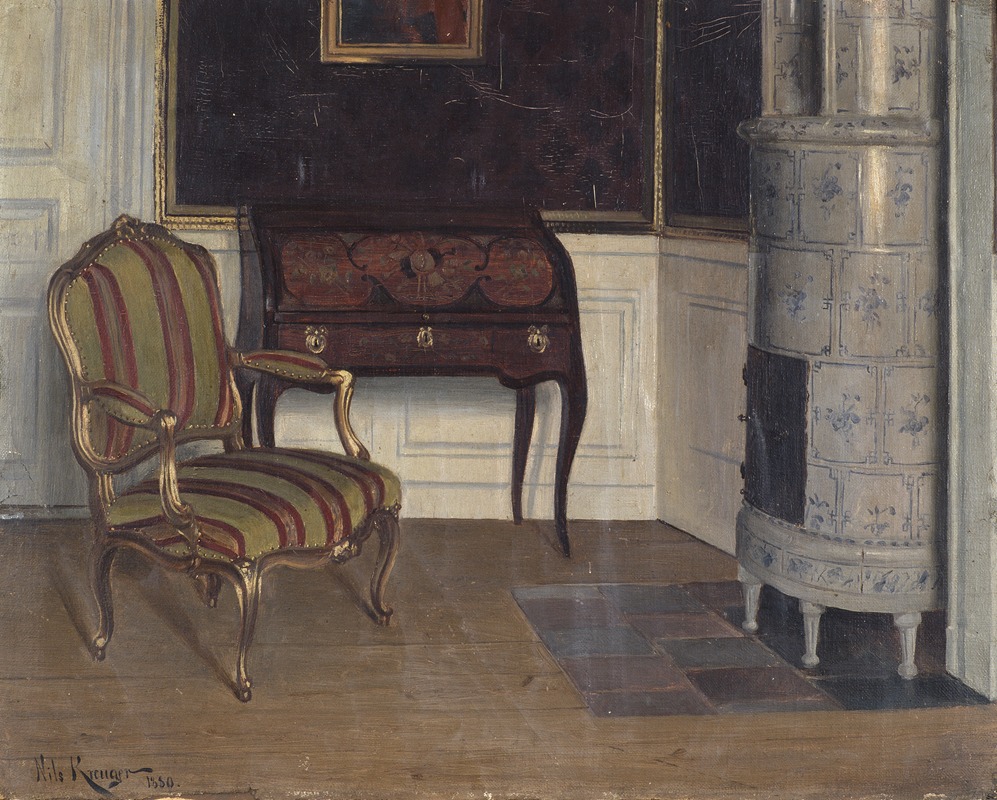
Gripsholms slott, prinsessans kabinett
A hand-painted replica of Nils Kreuger’s masterpiece Gripsholms slott, prinsessans kabinett, meticulously crafted by professional artists to capture the true essence of the original. Each piece is created with museum-quality canvas and rare mineral pigments, carefully painted by experienced artists with delicate brushstrokes and rich, layered colors to perfectly recreate the texture of the original artwork. Unlike machine-printed reproductions, this hand-painted version brings the painting to life, infused with the artist’s emotions and skill in every stroke. Whether for personal collection or home decoration, it instantly elevates the artistic atmosphere of any space.
Nils Kreuger, a prominent Swedish painter associated with the national romantic movement, created the artwork Gripsholms slott, prinsessans kabinett. The painting depicts an interior view of Gripsholm Castle, one of Sweden's most historically significant royal residences, located near the town of Mariefred in Södermanland County. The castle, originally built in the 16th century, is renowned for its Renaissance architecture and its role in Swedish history as a royal palace, a prison, and now a museum.
The title of the painting, which translates to "Gripsholm Castle, the Princess's Cabinet," suggests that the scene portrays a specific room within the castle, historically referred to as the Princess's Cabinet. This room is part of the castle's richly decorated interiors, which include furniture, tapestries, and other artifacts reflecting Sweden's cultural heritage. Kreuger’s work captures the atmosphere of this space, emphasizing its historical and aesthetic significance.
Nils Kreuger (1858–1930) was known for his ability to blend realism with impressionistic techniques, often focusing on Swedish landscapes and interiors. His works frequently evoke a sense of nostalgia and national pride, aligning with the broader national romantic ideals of the late 19th and early 20th centuries. In this painting, Kreuger’s attention to detail and use of light and shadow bring the room to life, highlighting its architectural features and the interplay of textures within the space.
Gripsholm Castle itself is a popular subject in Swedish art and literature, symbolizing the country's royal history and cultural identity. The castle houses the Swedish National Portrait Gallery, which contains an extensive collection of portraits of notable figures from Swedish history. While it is unclear whether Kreuger painted this work as part of a larger series or as a standalone piece, it contributes to the artistic documentation of Gripsholm Castle’s interiors.
The exact date of the painting is not specified, but it is consistent with Kreuger’s mature period, during which he explored themes of Swedish heritage and identity. The painting is an example of how artists of the time sought to preserve and celebrate Sweden’s historical landmarks through their work.
Further details about the painting’s current location or ownership are not readily available. However, it remains an important example of Kreuger’s contribution to Swedish art and his ability to capture the essence of historical spaces.





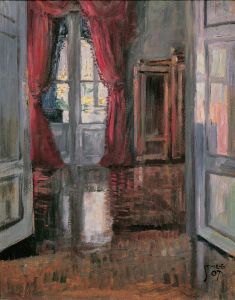
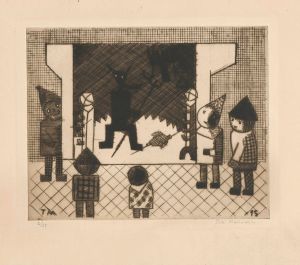
![Interior perspective drawings of Hotel Siwanoy, Mount Vernon, NY.] [Interior perspective of dining room](/imgs/249368/s/winold-reiss-interior-perspective-drawings-of-hotel-siwanoy-mount-vernon-ny-interior-perspective-of-dining-room-d26480cd.jpg)

